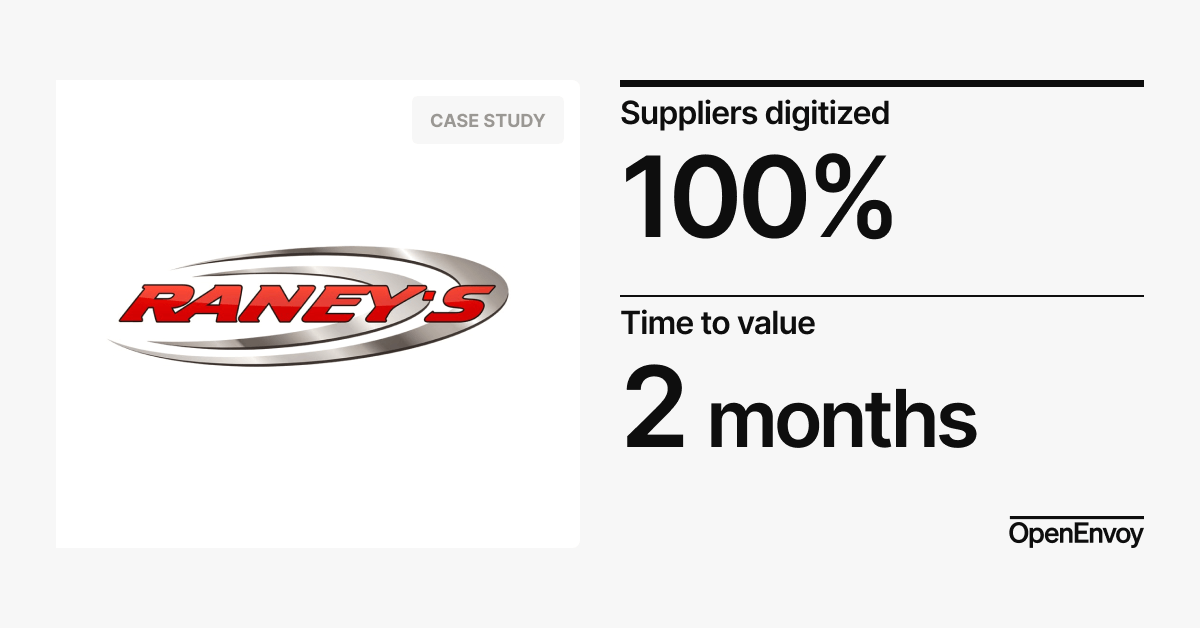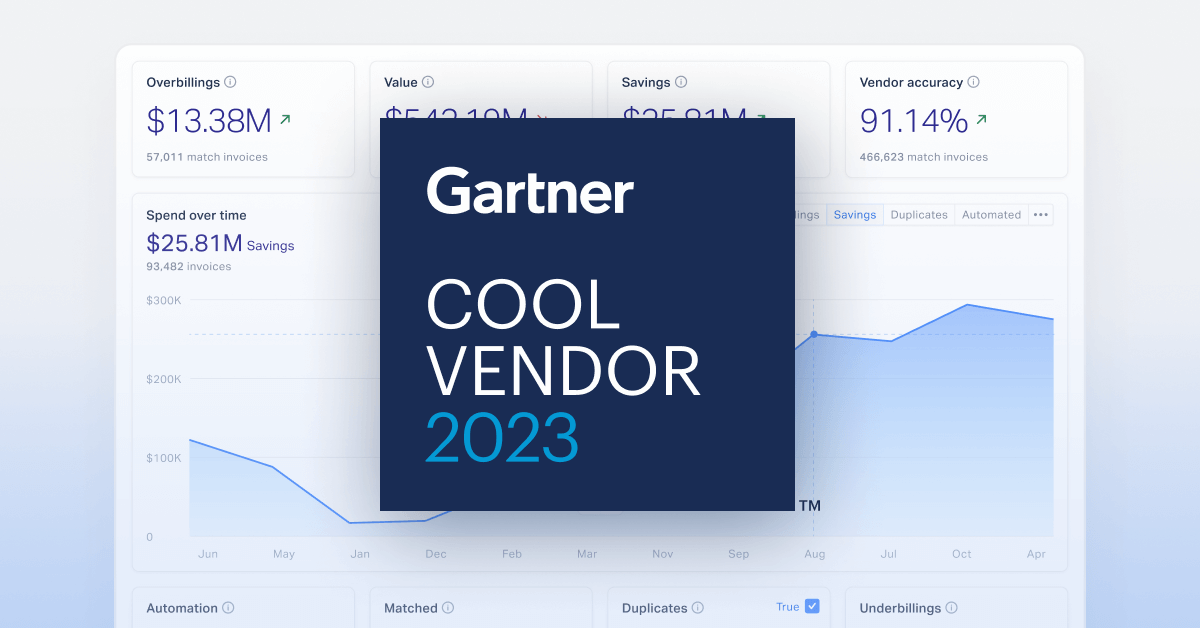

Predictive analytics is no longer a luxury for data-savvy enterprises.
In 2025, it’s an essential lever for procurement teams to anticipate demand, mitigate risk, and drive smarter, faster decisions across sourcing and supplier management.
What Is Predictive Analytics in Procurement?
Predictive analytics uses statistical models, historical data, and machine learning to forecast future trends. In procurement, it means:
- Anticipating demand spikes or shortages
- Predicting supplier performance issues
- Identifying cost fluctuations before they hit
- Spotting fraud and payment anomalies
Instead of asking "What happened?" procurement leaders now ask, "What’s likely to happen next—and how should we act?"
Why Predictive Analytics Matters in 2025
According to Gartner’s 2024 Hype Cycle, predictive analytics is maturing rapidly. Why?
- Data abundance: Procurement now generates rich datasets across POs, invoices, supplier scorecards, and market indices.
- AI improvements: Algorithms are more accurate, faster, and less reliant on data scientists.
- Business pressure: Volatility demands faster reaction time, and predictive insights offer a competitive edge.
ROI You Can’t Ignore
Procurement teams using predictive analytics report:
- 25–40% faster response time to supply chain disruptions
- 15–30% increase in forecast accuracy
- Reduction in inventory holding costs by 10–15%
- Decrease in supplier-related risks by up to 20%
These gains aren’t theoretical—they’re being proven across industries.
How to Get Started with Predictive Analytics
1. Identify High-Value Use Cases
Start where prediction drives decisions—like demand planning, risk flags, or payment term optimization.
2. Audit Data Readiness
Ensure your supplier, invoice, and sourcing data is clean, complete, and centralized.
3. Choose Tools that Embed AI
Modern platforms like OpenEnvoy offer predictive analytics built-in—no external models required.
4. Train Your Team
Analytics literacy matters. Help your team interpret data signals and take action.
5. Pilot, Measure, Scale
Test one use case. Track ROI. Then expand across categories and supplier segments.
Real-World Application: Risk Forecasting
Imagine automatically identifying suppliers at risk of financial instability 90 days ahead of time.
- Procurement can proactively source alternates
- Finance can adjust payment terms
- Operations can mitigate fulfillment delays
This turns reactive firefighting into proactive planning.
Key Barriers—and How to Solve Them
Barrier: Poor data quality
Fix: Prioritize systems that support enrichment, validation, and integration
Barrier: Lack of trust in AI
Fix: Use transparent models and show past prediction accuracy
Barrier: Unclear ROI
Fix: Benchmark pre- and post-pilot performance; highlight tangible outcomes
Looking Ahead
By 2026, predictive analytics will be embedded in most leading procurement workflows—shaping decisions in real time. OpenEnvoy is ahead of the curve, enabling procurement teams to forecast invoice anomalies, supplier issues, and risk factors—without adding headcount or complex tools. Predictive analytics gives procurement teams the power to lead, not lag. The organizations that adopt this now won’t just keep up—they’ll set the pace.
Ready to lead the shift?
Download the Gartner® Hype Cycle for Procurement and Sourcing Solutions to see where the future is headed.
Frequently Asked Questions (FAQs)
Is predictive analytics only for large organizations?
No. Mid-sized companies with access to clean procurement data can achieve fast wins with built-in analytics.
What types of data are needed?
Spend data, PO history, supplier records, invoice performance, and risk indicators all feed predictive models.
Can predictive analytics reduce fraud?
Yes. By identifying anomalies in invoice patterns and approval flows, it flags potential fraud before payment.
Do I need a data scientist to use it?
No. Platforms like OpenEnvoy deliver predictive insights through no-code dashboards tailored to procurement users.
How does it support sourcing strategies?
It highlights pricing trends, demand shifts, and supplier reliability—helping you make proactive sourcing decisions.
Can it integrate with my ERP?
Yes. Most modern predictive platforms offer connectors and APIs to pull data from ERP, sourcing, and invoicing tools.
What are the top use cases for procurement?
Demand forecasting, risk management, cost modeling, payment optimization, and fraud detection are the top five.
What are the risks of not using predictive analytics?
Missed cost-saving opportunities, delayed decisions, and higher exposure to supplier or payment risk.
How quickly can we see ROI?
Teams often report tangible ROI in under 90 days—especially in high-volume spend categories.
What’s the best place to start?
Start small. Choose one category. Use historical data to build a forecasting model. Then validate with real-time results. Or switch to procurement orchestration platforms
Serious about protecting your cashflow?














.png)
